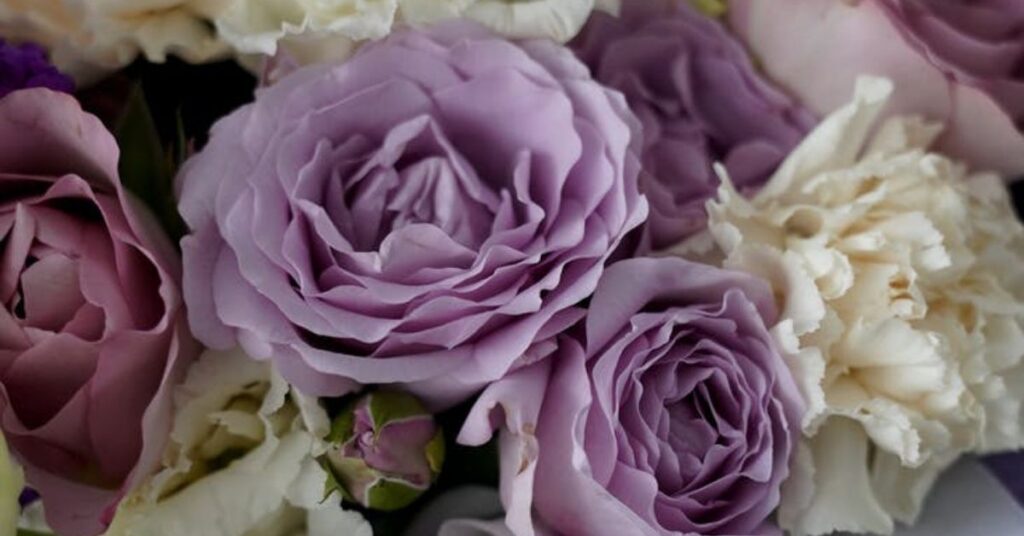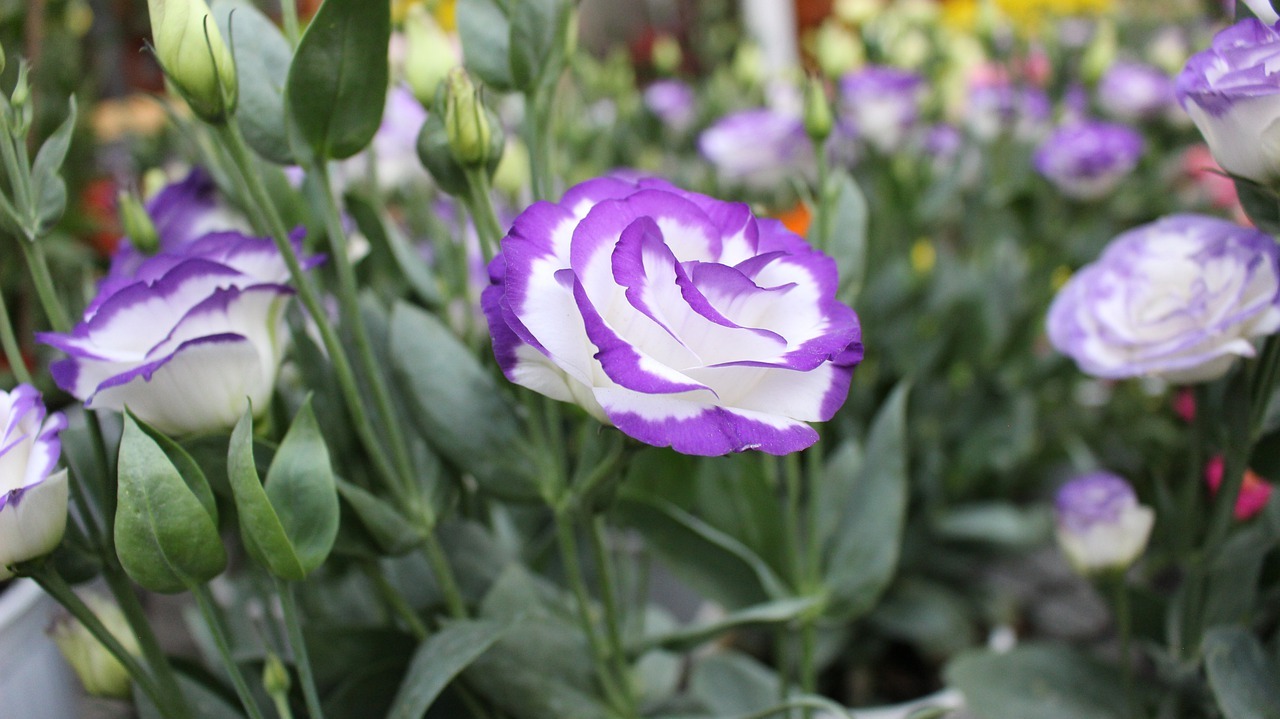Lisianthus, also famous as eustoma. Lisianthus is the symbol of gratitude, sincere love, and appreciation. Lisianthus blooms are usually used as cut-flowers. This native South American flower is reputable for its beautiful blooms. Also called Texas Bluebells, lisianthus are often mistaken as roses. However, it is not hard to spot which is which after learning about their characteristics. Things they have in common are the fact that they exist in various colors and layered petals. And that’s what makes eustoma flowers are one of the most famous and known decorative flowers.
Lisianthus Care and Maintenance
Besides being famous for its beauty, lisianthus is also known for being quite complicated to maintain. To assist lisianthus to grow to their full potential and bloom beautifully, these plants demand proper effort and care. The soil has to be peat-based soil to support the drainage process. Commonly found in highland areas, lisianthus plants also love warm heat and fresh air.
Eustoma or lisianthus is quite sensitive to intense lighting, and it hates damp soil. So, make sure that everything is in the correct measurements because these actions could easily harm the plant.
Are Lisianthus Annual, Perennial, or Biennial Plants?
The life cycle of plants might confuse you. It is crucial to understand the life cycle of the plant you’re getting because it will help you to maintain the flowers during their growing process. There are three kinds of plants’ life cycle, annual, perennial, and biennial.
- Annual Life Cycle
Every growing stage and process of plants with an annual life cycle are done in one year. Plants with an annual life cycle germinate, bloom, set seed, and die in one year. However, there are cases that it would take plants less than a year to end their life cycle. Even so, those plants are still classified as plants with an annual life cycle. An example of a plant with an annual life cycle is the marigold flower.
- Perennial Life Cycle
The perennial life cycle is a life cycle when plants last longer than two years. With the perennial life cycle, plants are allowed to produce multiple times. But, the quality of blooms of plants with the perennial life cycles might decrease from time to time. Therefore, plants with perennial life cycles need proper care due to their long-life cycle.
- Biennial Life Cycle
There is also a biennial life cycle. Plants with a biennial life cycle finish their life cycle after two growing seasons. After ending their first season, plants with biennial life cycles will put a fresh growth spurt. And once the new process starts, the previous plant will die. Examples of plants with biennial life cycles are wallflowers and pansies.

So, which between the three is the life cycle of lisianthus? The answer is lisianthus could be both annual and perennial depends on the area. In Southern America, lisianthus falls into the category of a perennial plant. However, they are usually grown as annual. Some even grown lisianthus as a biennial.
So, does lisianthus cut come again flowers? As a tender perennial plant, they could. But since they are usually grown as annuals or as biennial it would be less likely to happen. This is probably because perennial plants’ quality of blooms might not be as good as either annual or biennial.
Since being introduced to Japan in the 70s, eustoma has been famous for having beautiful blooms. Eustoma petals shapes are beautiful and delicate. These characteristics are the reason why eustoma is loved by many. Eustoma was once recorded to be the most popular flower for 15 years straight. This pretty decorative flower is available throughthe flower delivery Singapore service that will deliver this beauty to you.
Is Lisianthus Edible?
Lisianthus is proven harmless both for humans and animals. For humans, it is edible and safe to consume. However, it could trigger throats and indigestion problems for animals. Eustoma petals are usually featured to beautify desserts and sweets. Such as cake, cupcake, or puddings. If you desire to feature eustoma petals in your desserts or sweets, the first thing you have to do is to make sure the flower is free from pesticides. The second thing to do is to wash the flowers. Next is to trim the stems and wrap the remaining stem you decided to keep. Then, it is time for you to beautify your dish.
Eustoma petals are often used to decorate wedding cakes and anniversary cakes. That is very fitting because eustoma symbolize appreciation and sincere feelings. Eustoma flowers also come in a variety of colors. Therefore, it would be a nice decoration for the cake. But the taste of eustoma probably won’t be into your likings.
Lisianthus is also used as medicine and is quite famous for its bitter taste. So, lisianthus petals are probably for decorative purposes only. Since the taste is not pleasing to the tastebuds. Besides often being featured in wedding cakes, eustoma is also often chosen to decorate wedding receptions. Bridal bouquets usually use eustoma whether as the main flower or a complementary to other flowers.

